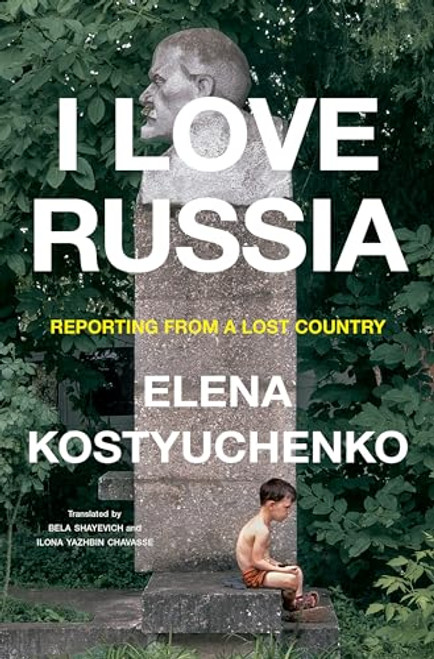Scenes of starvation have drawn the world's attention to Africa's agricultural and environmental crisis. Some observers question whether this continent can ever hope to feed its growing population. Yet there is an overlooked food resource in sub-Saharan Africa that has vast potential: native food plants.
When experts were asked to nominate African food plants for inclusion in a new book, a list of 30 species grew quickly to hundreds. All in all, Africa has more than 2,000 native grains and fruits-- lost species due for rediscovery and exploitation.
This volume focuses on native cereals, including
- African rice, reserved until recently as a luxury food for religious rituals.
- Finger millet, neglected internationally although it is a staple for millions.
- Fonio (acha), probably the oldest African cereal and sometimes called hungry rice.
- Pearl millet, a widely used grain that still holds great untapped potential.
- Sorghum, with prospects for making the twenty-first century the century of sorghum.
- Tef, in many ways ideal but only now enjoying budding commercial production.
- Other cultivated and wild grains.
This readable and engaging book dispels myths, often based on Western bias, about the nutritional value, flavor, and yield of these African grains.
Designed as a tool for economic development, the volume is organized with increasing levels of detail to meet the needs of both lay and professional readers. The authors present the available information on where and how each grain is grown, harvested, and processed, and they list its benefits and limitations as a food source.
The authors describe next steps for increasing the use of each grain, outline research needs, and address issues in building commercial production.
Sidebars cover such interesting points as the potential use of gene mapping and other high-tech agricultural techniques on these grains.
This fact-filled volume will be of great interest to agricultural experts, entrepreneurs, researchers, and individuals concerned about restoring food production, environmental health, and economic opportunity in sub-Saharan Africa.
Selection, Newbridge Garden Book Club











